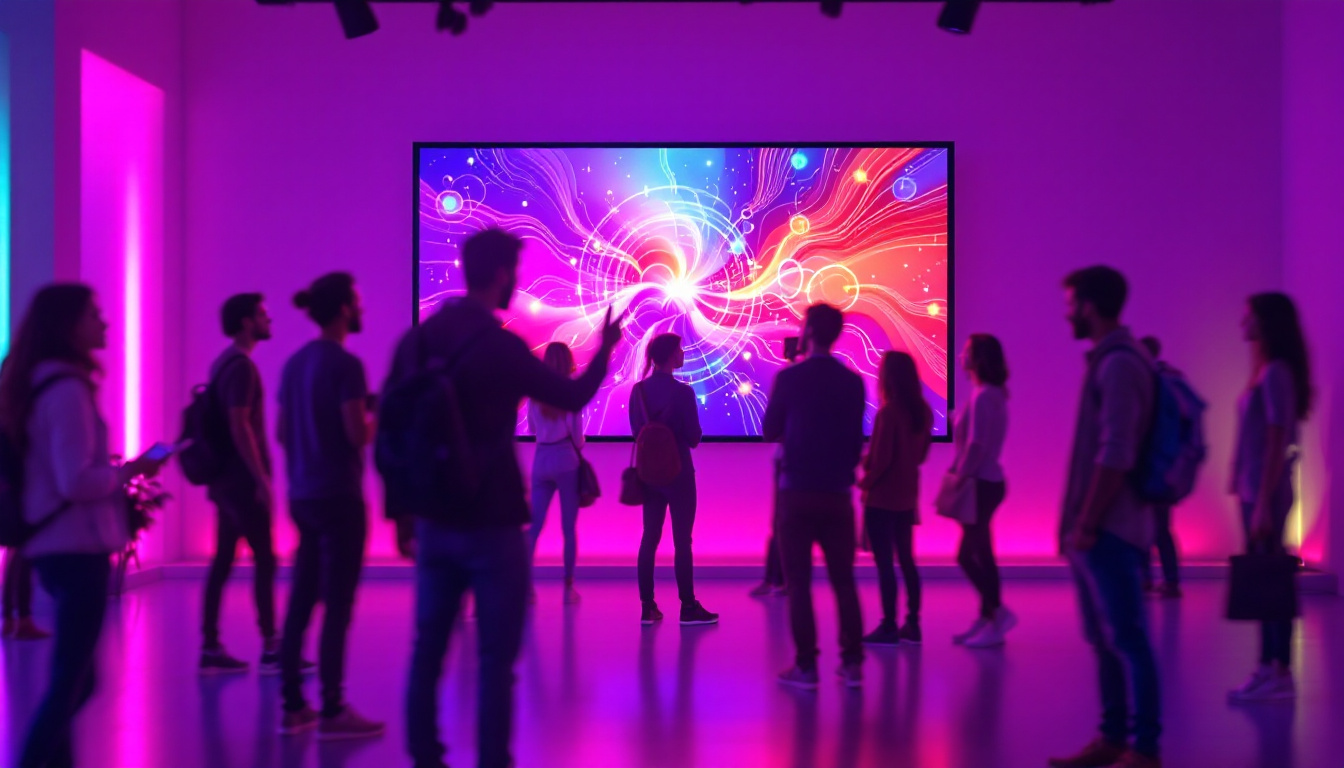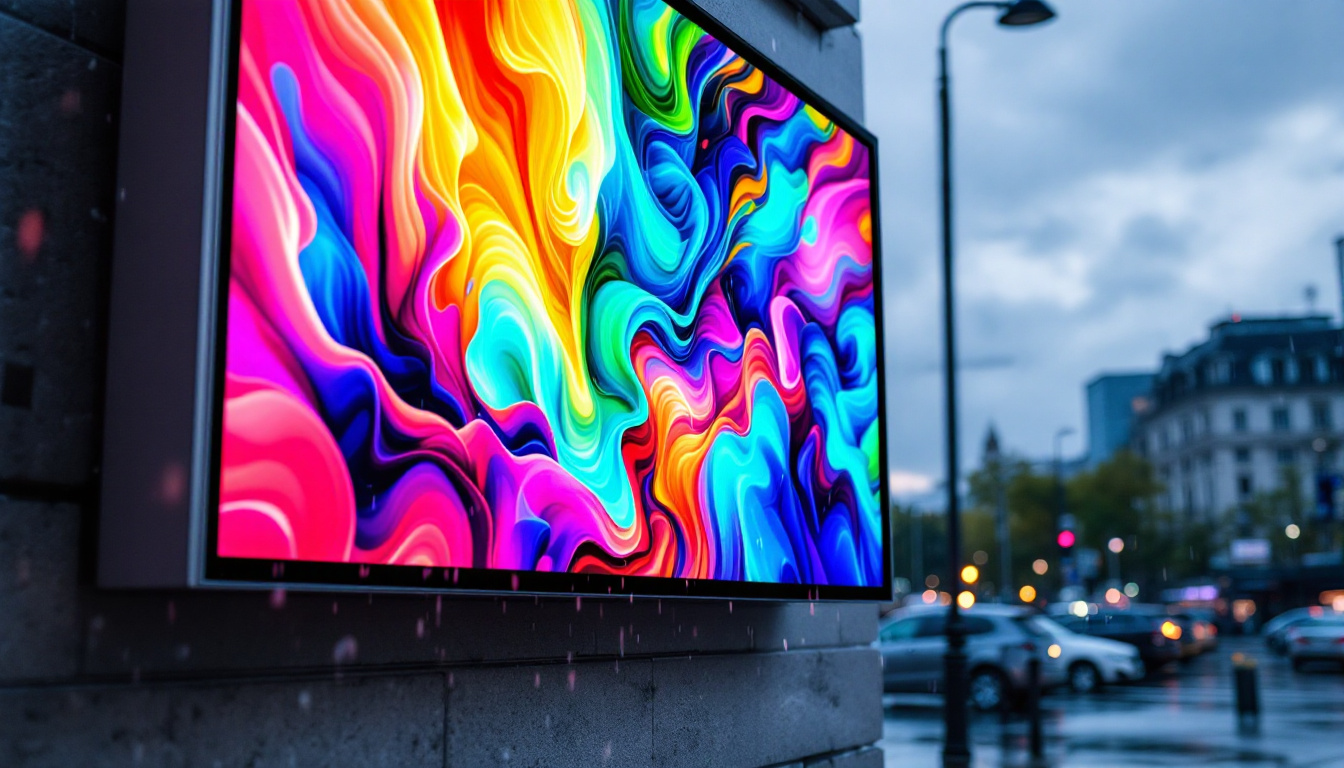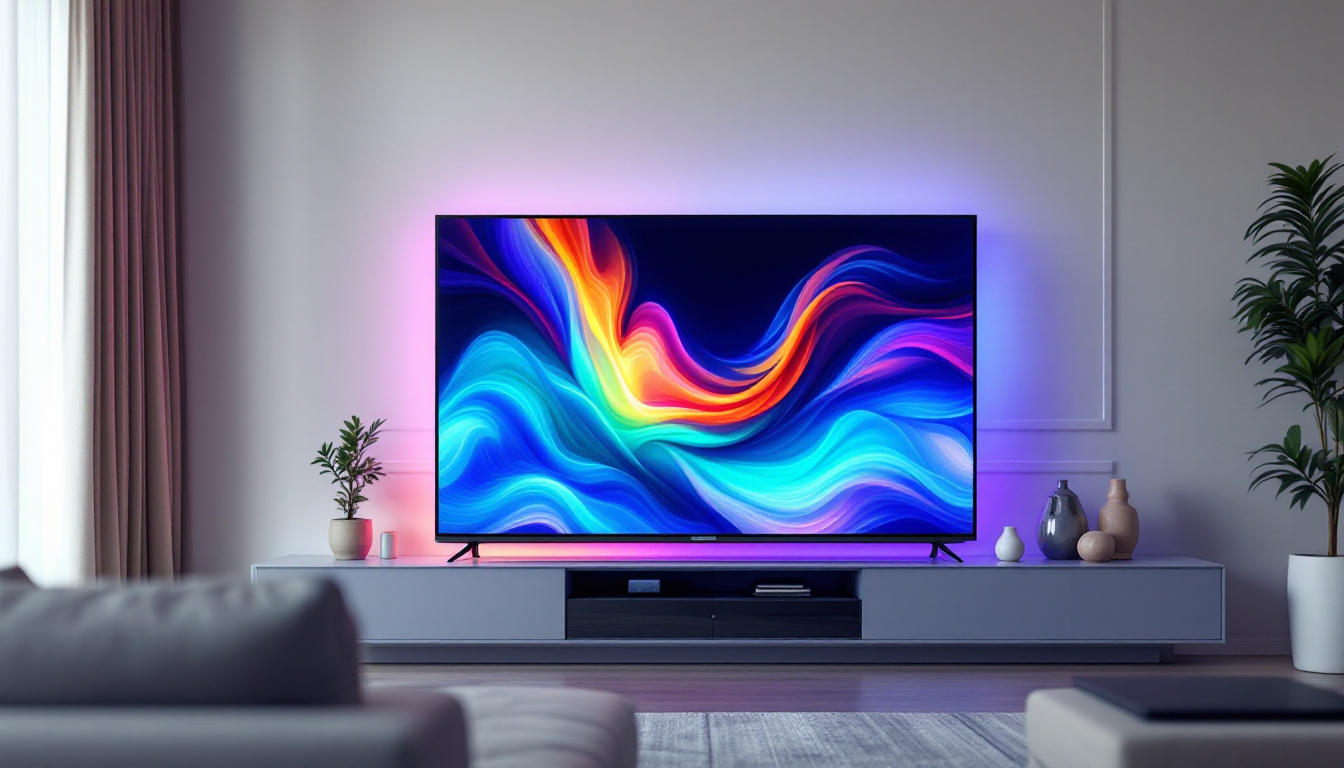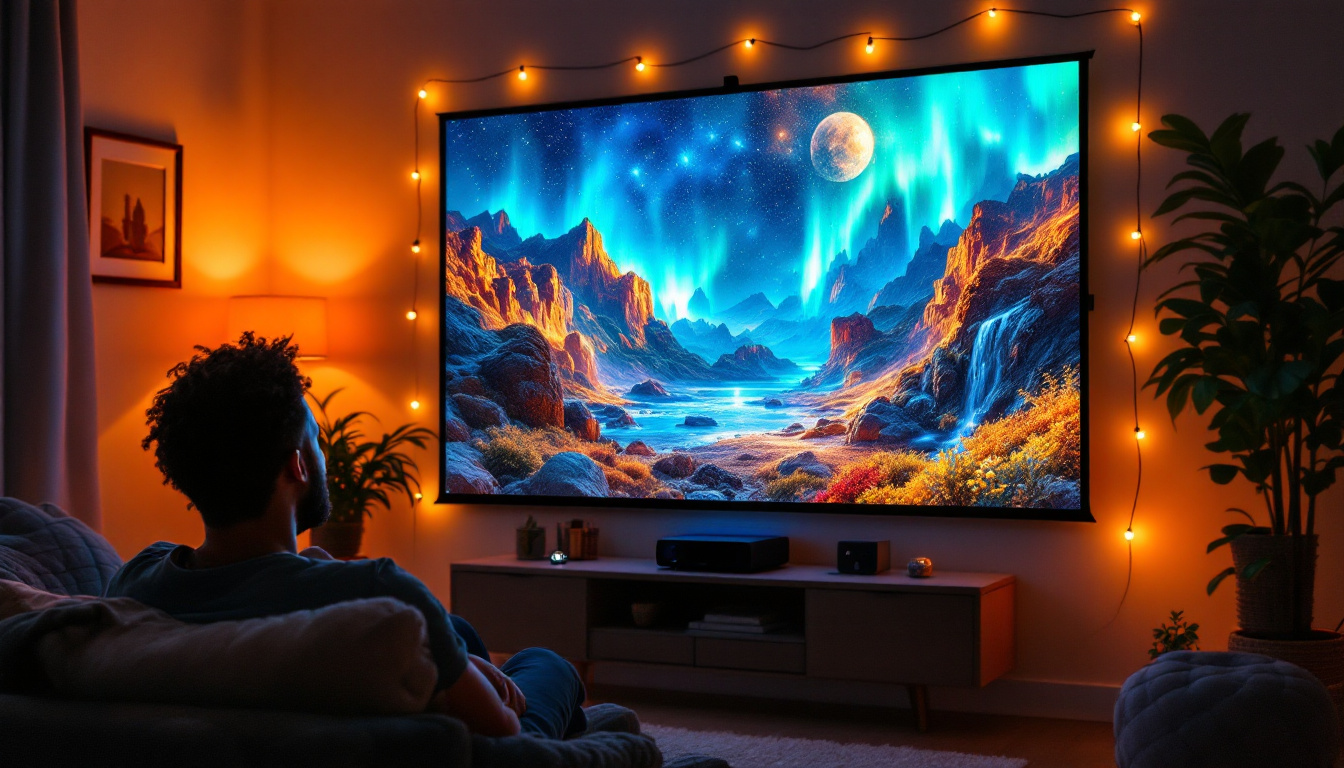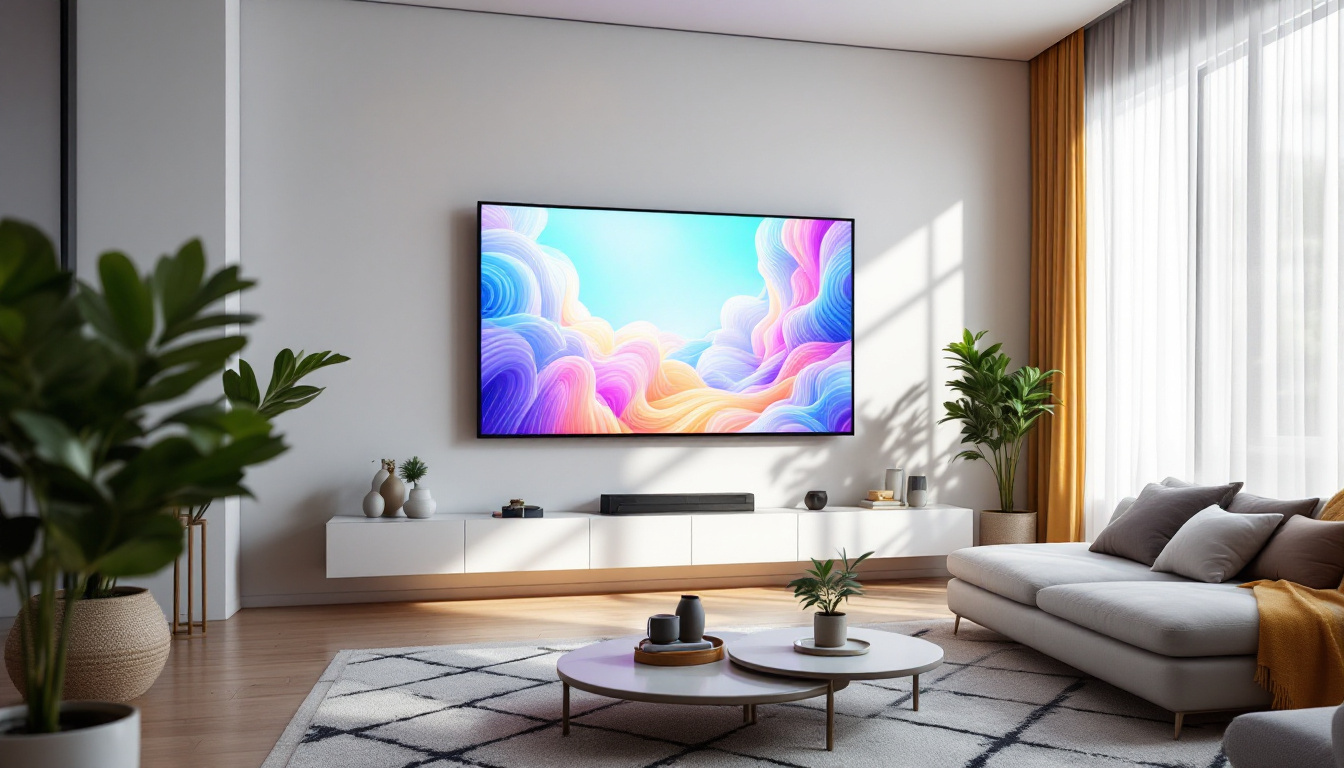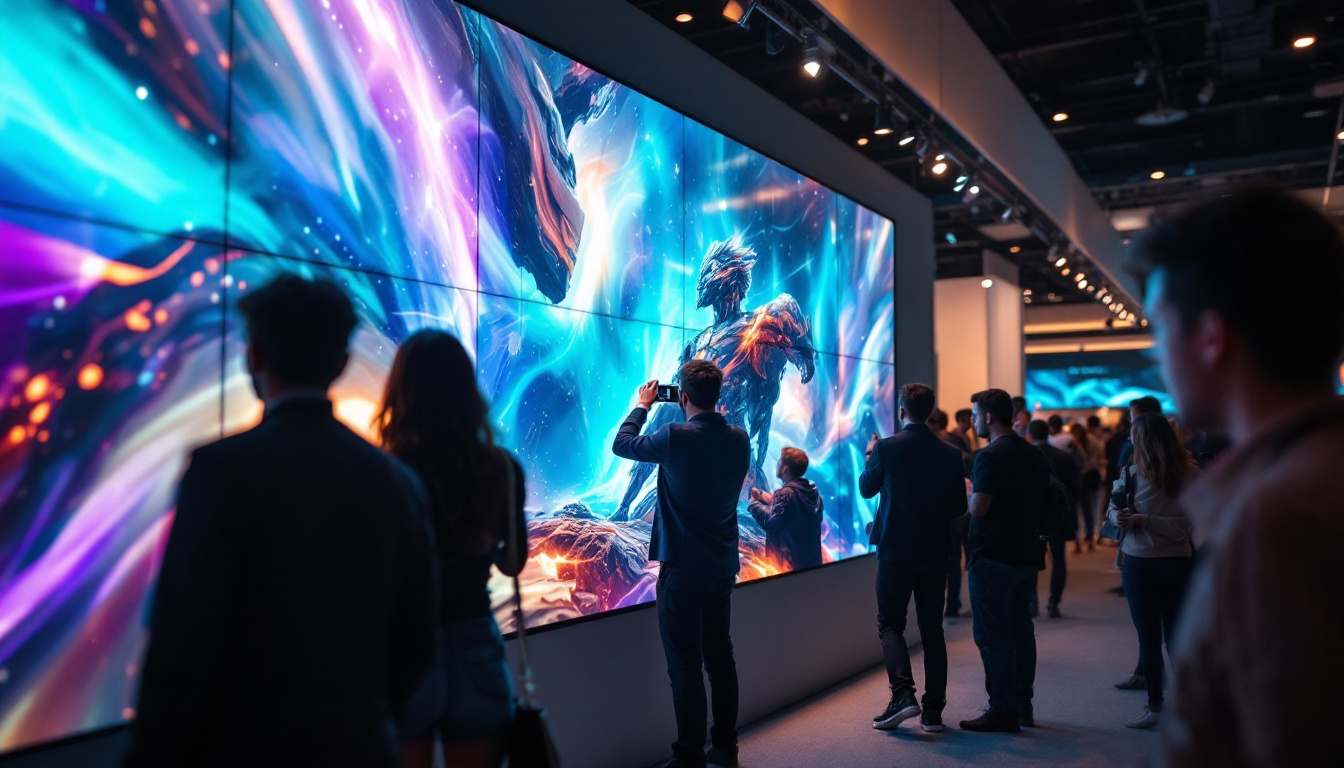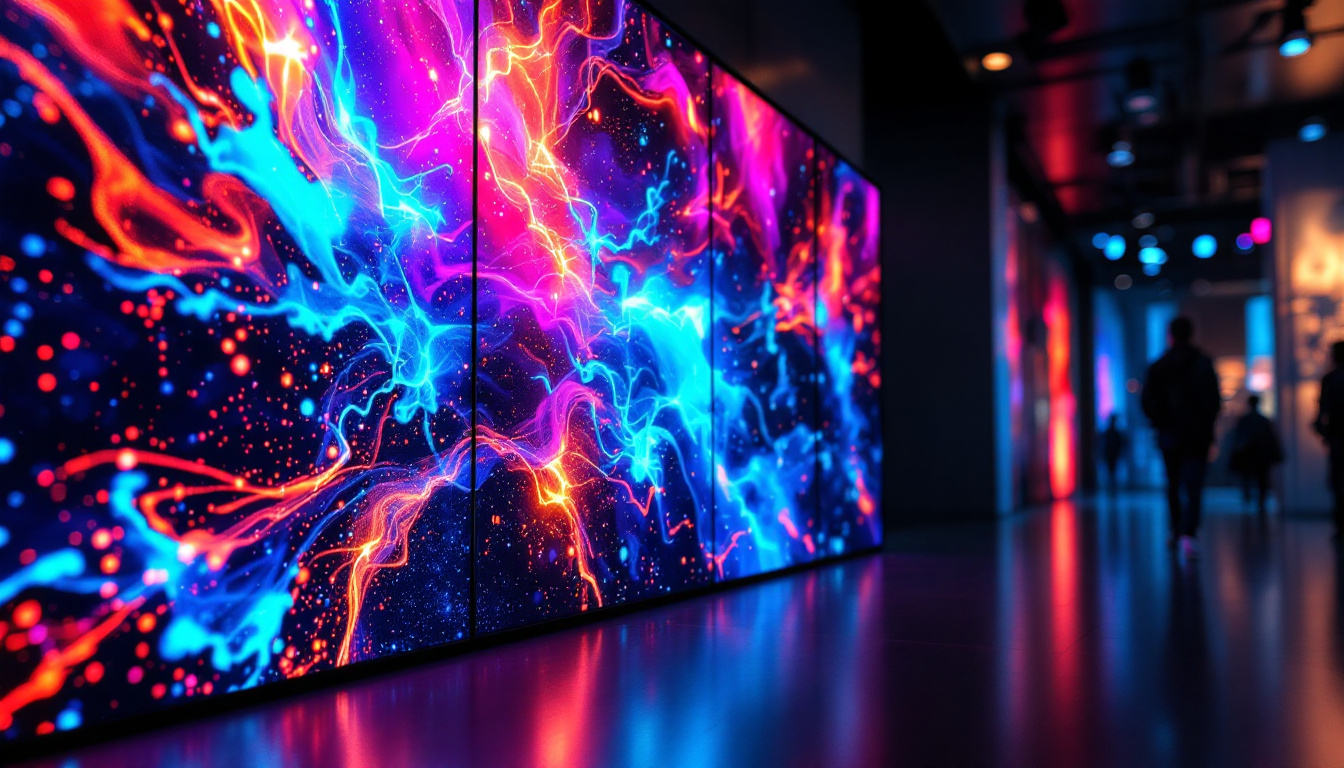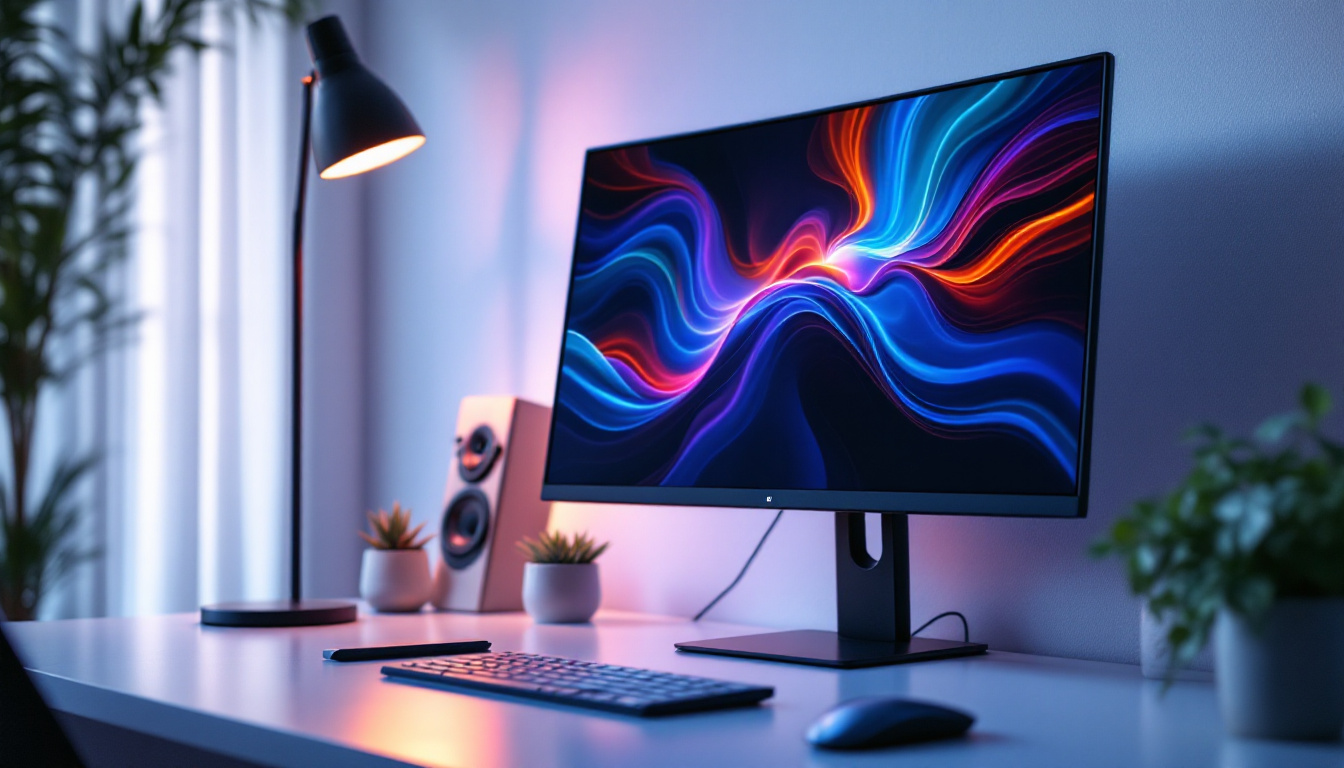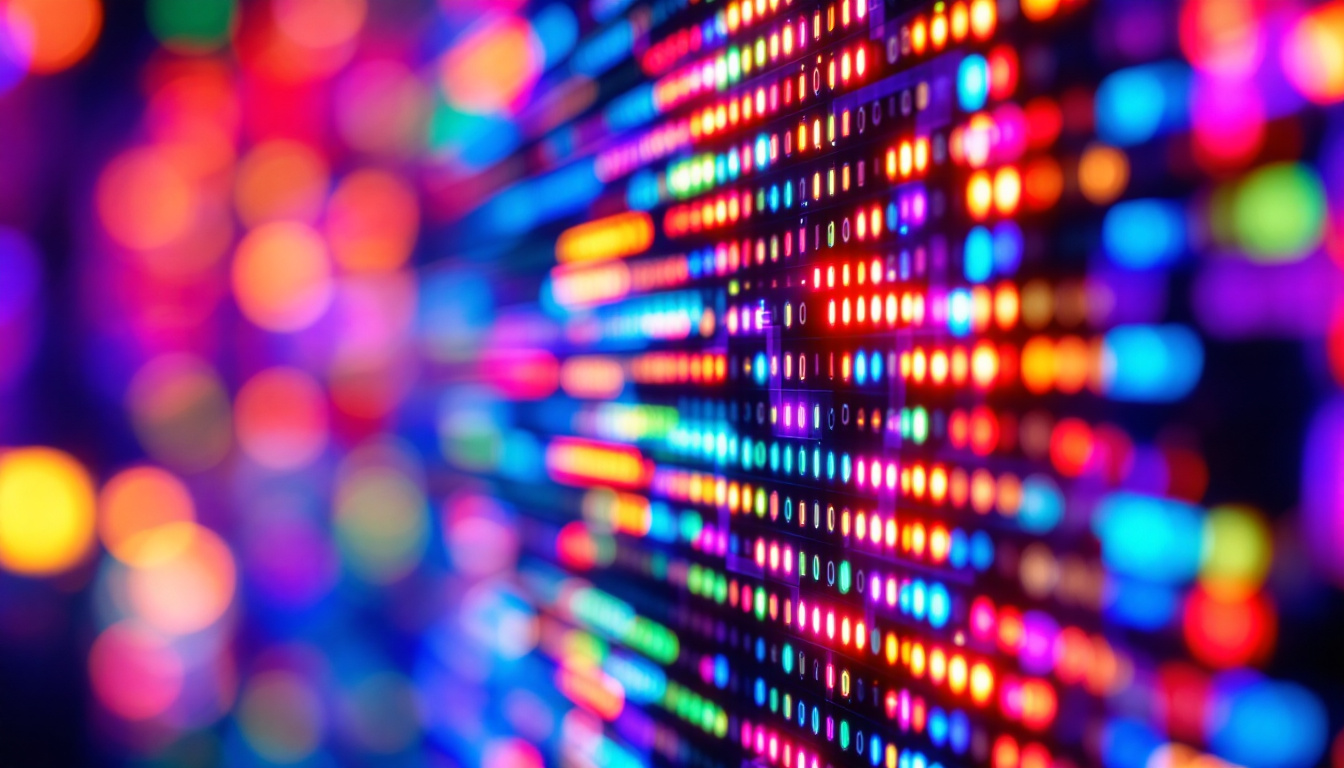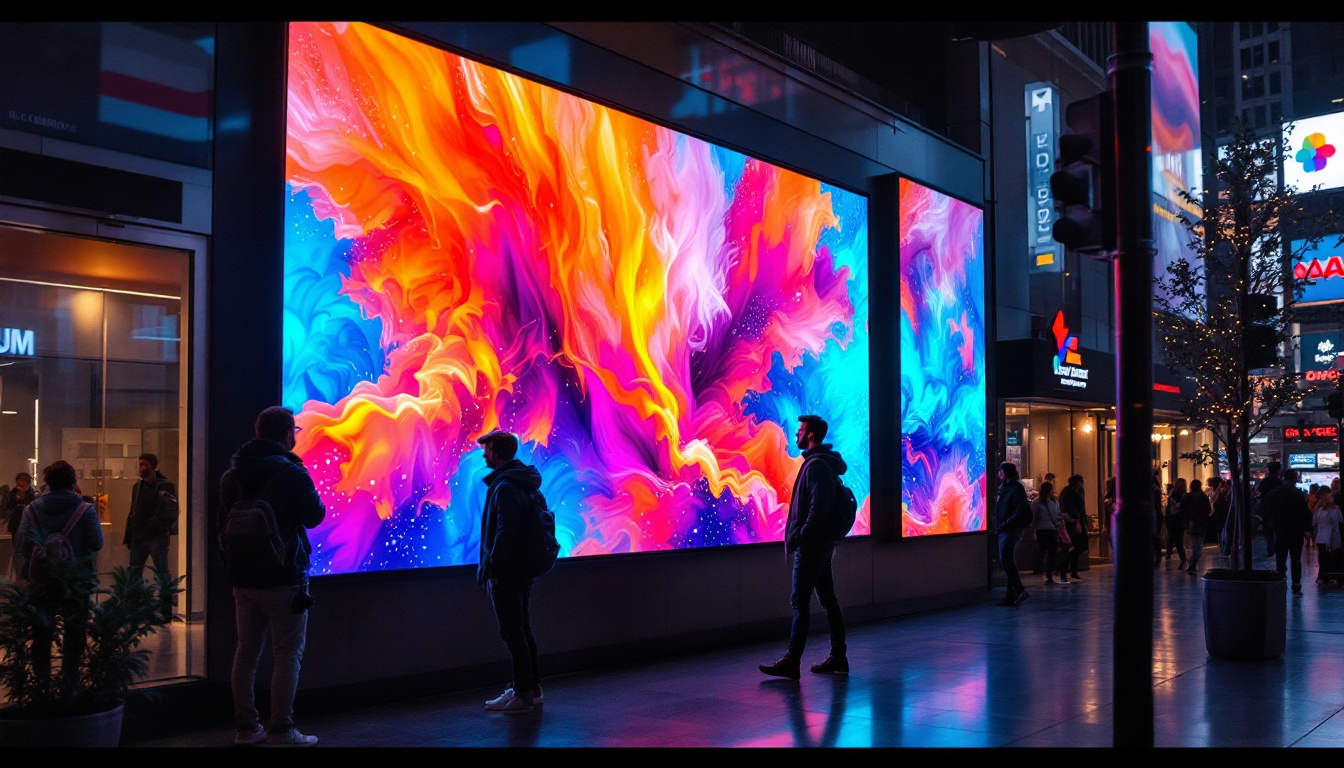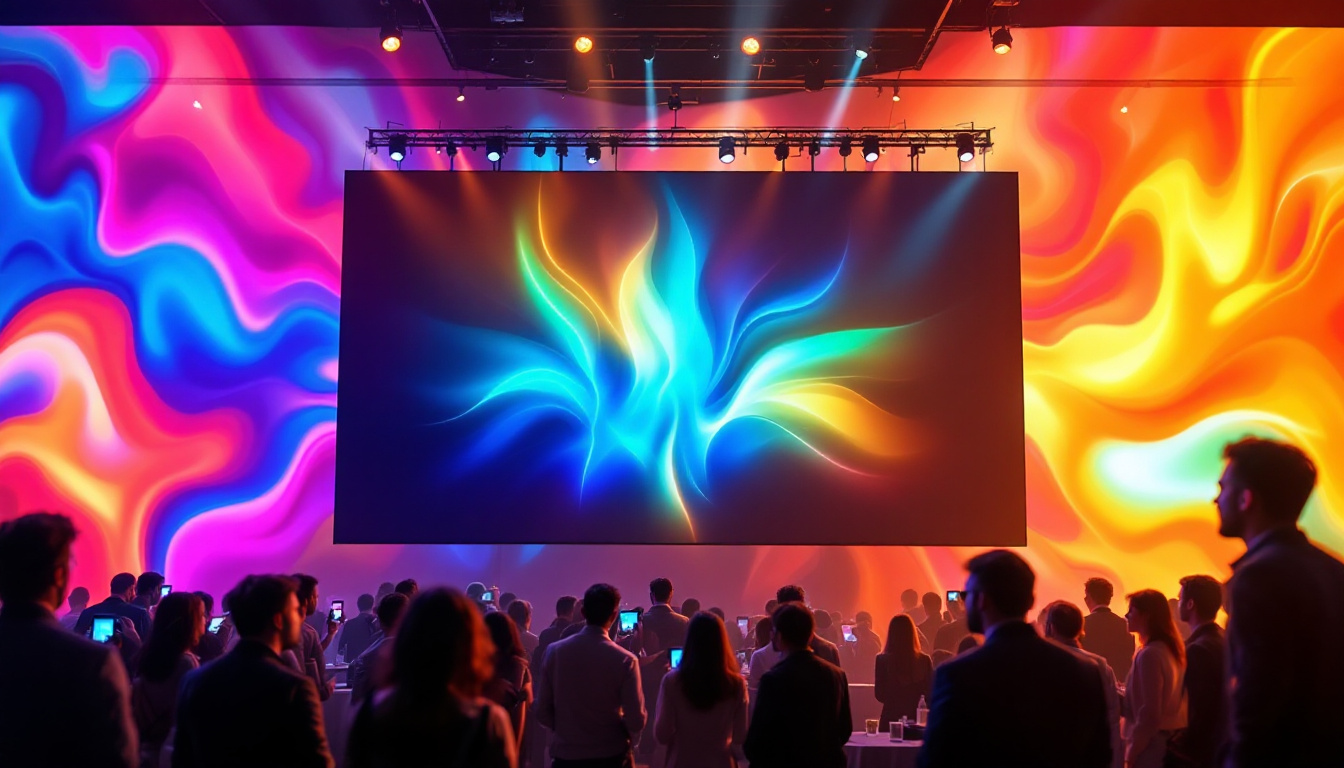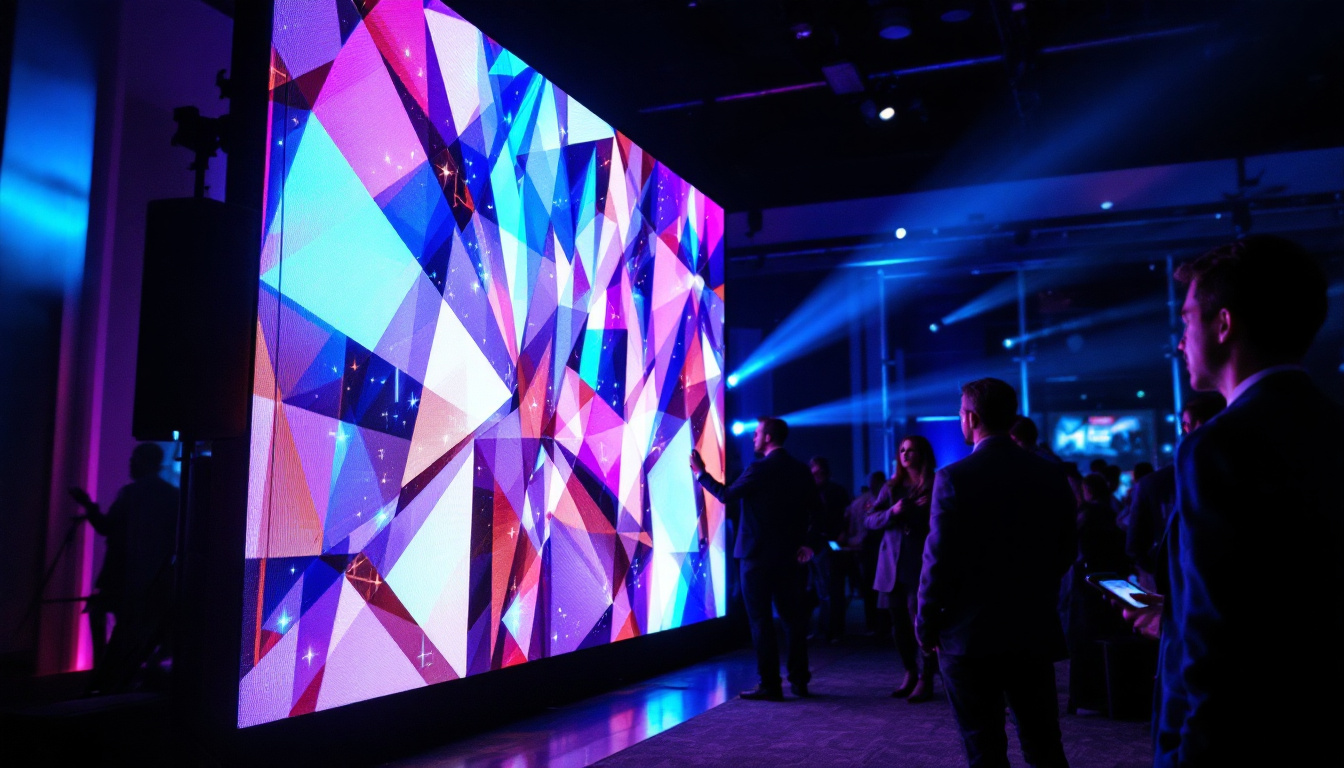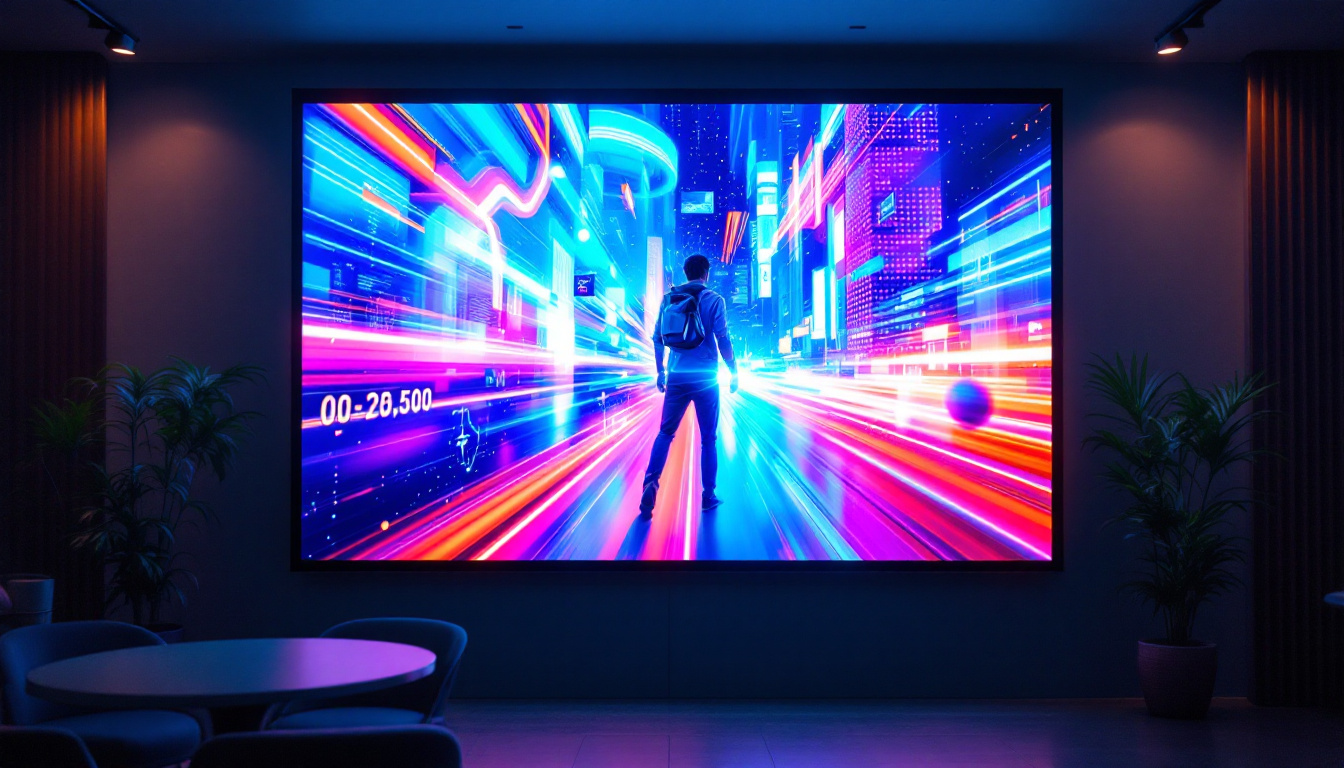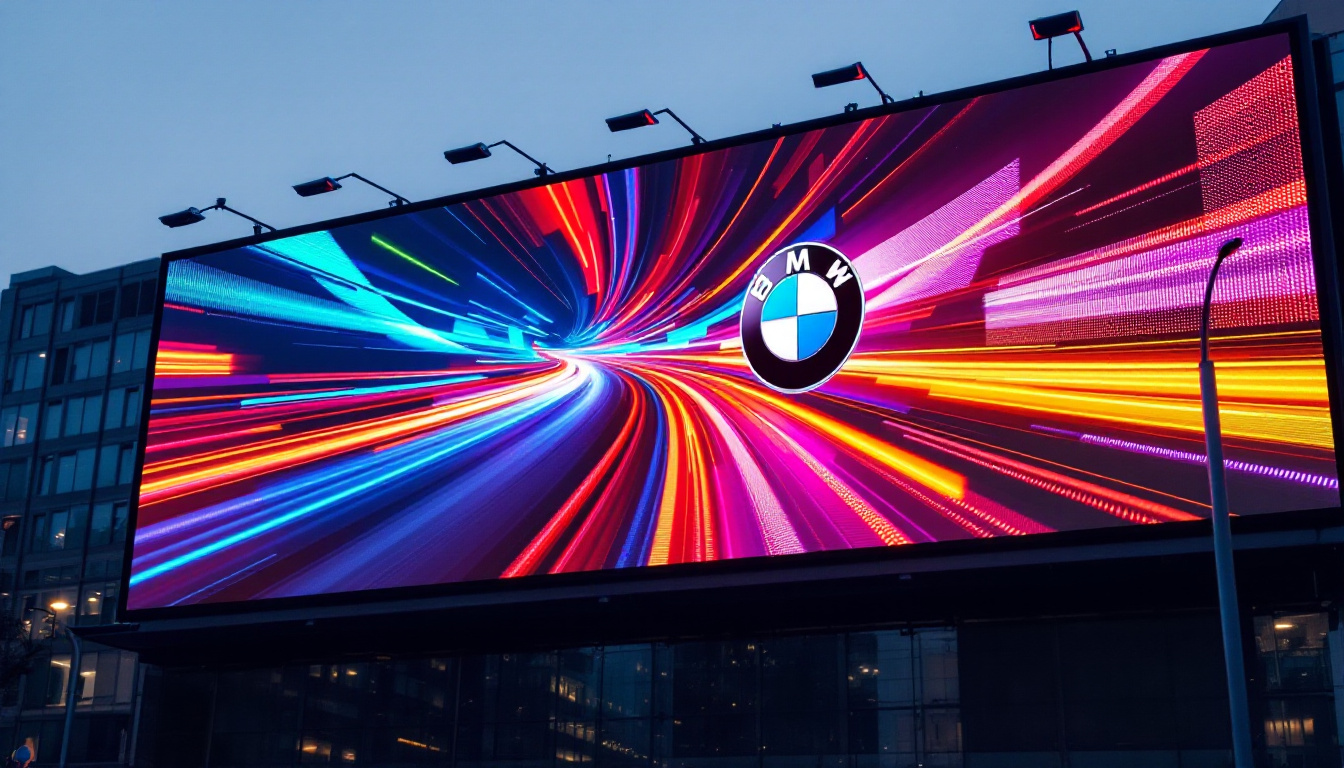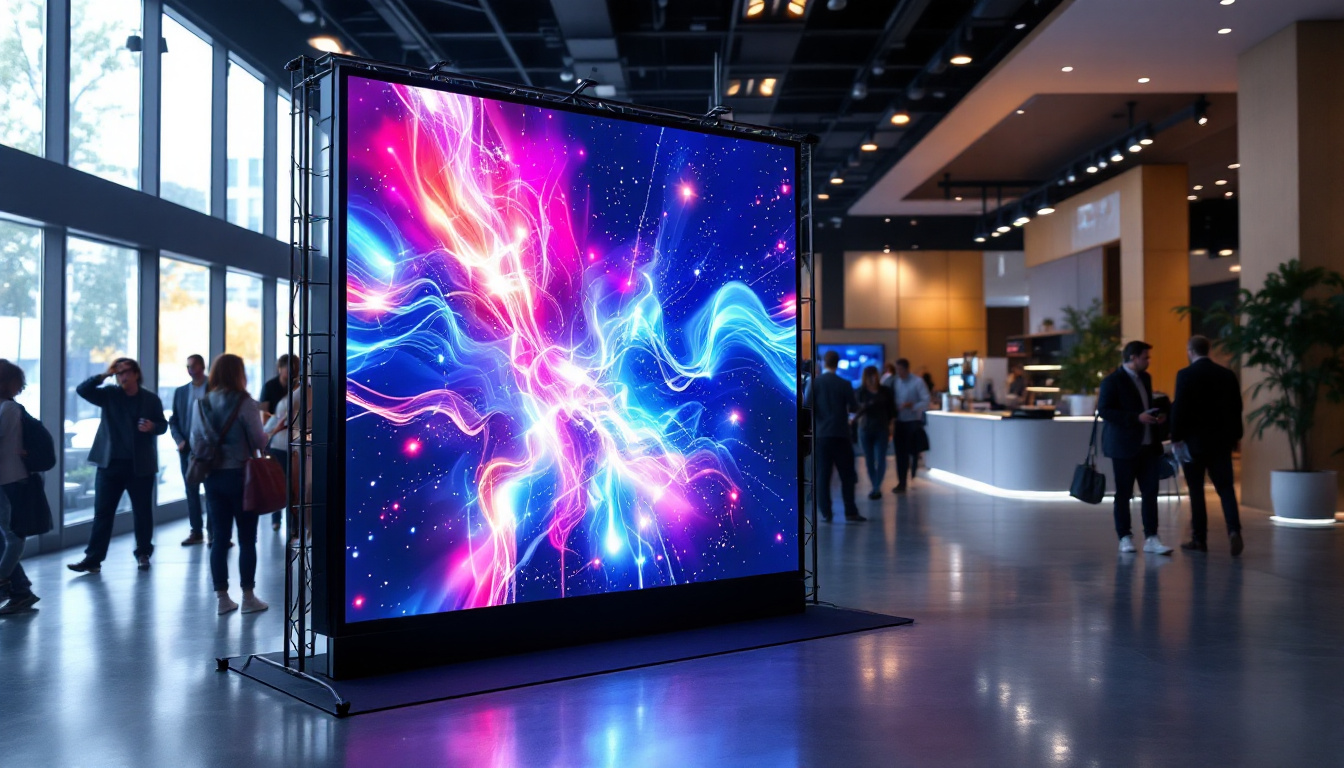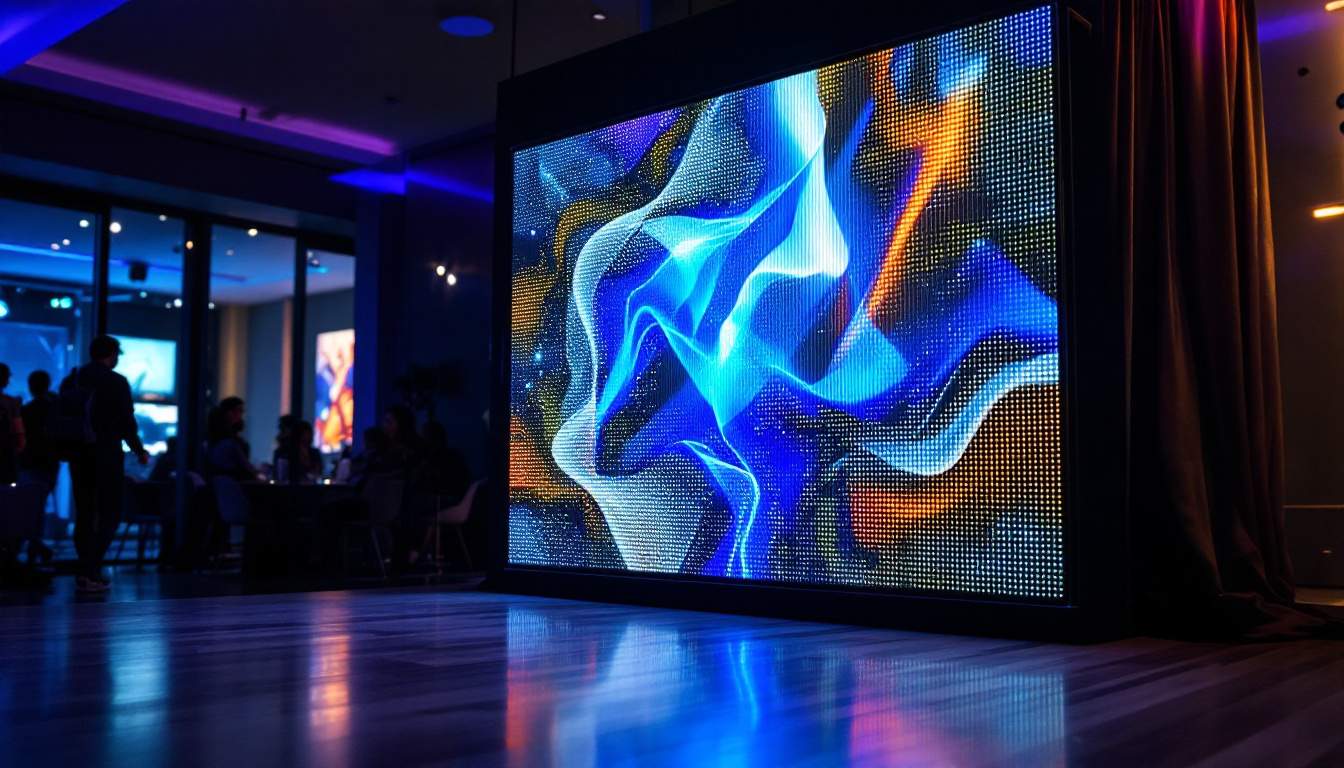In today’s digital landscape, the demand for high-quality displays has surged, leading to the evolution of various technologies. Among these, LED displays have gained immense popularity, particularly in touch monitor applications. This article delves into the intricacies of LED displays, their functionality, benefits, and the technology behind touch capabilities.
Understanding LED Displays
LED, or Light Emitting Diode, displays utilize semiconductor technology to produce light. These displays are known for their vibrant colors, energy efficiency, and slim profiles, making them a preferred choice for various applications, from televisions to computer monitors and digital signage. The rapid advancement in LED technology has also led to the development of flexible and transparent displays, opening up new possibilities in design and functionality. This versatility allows manufacturers to create screens that can be integrated into a variety of surfaces, from walls to furniture, transforming the way we interact with technology in our everyday lives.
How LED Displays Work
At the core of an LED display are tiny diodes that emit light when an electric current passes through them. Unlike traditional LCD screens that rely on backlighting, LED displays can produce light directly, resulting in brighter images and deeper blacks. This is achieved through two primary configurations: edge-lit and direct-lit. The choice between these configurations often depends on the intended use; for instance, edge-lit displays are typically thinner and lighter, making them ideal for portable devices, while direct-lit displays are favored for larger screens where image quality is crucial.
Edge-lit displays feature LEDs positioned along the edges of the screen, while direct-lit displays have LEDs distributed across the entire panel. The latter typically offers better uniformity and contrast, making it ideal for professional environments where image quality is paramount. Additionally, advancements in dimming technologies, such as local dimming, allow for even greater control over brightness levels, enhancing the viewing experience by providing more detail in dark scenes.
Types of LED Displays
LED displays come in various forms, each catering to specific needs and environments. The most common types include:
- Standard LED: These displays are widely used in consumer electronics and provide excellent color reproduction and brightness.
- OLED (Organic LED): Known for their superior contrast and color accuracy, OLED displays are increasingly popular in high-end televisions and smartphones. Their ability to turn off individual pixels allows for true blacks and an infinite contrast ratio, making them ideal for cinematic experiences.
- QLED (Quantum Dot LED): Utilizing quantum dot technology, QLED displays enhance color and brightness, making them a favorite among gamers and movie enthusiasts. This technology allows for a wider color gamut and improved brightness levels, ensuring that images are not only vibrant but also lifelike.
In addition to these types, there are also specialized LED displays such as MicroLED and MiniLED. MicroLED technology offers self-emissive pixels similar to OLED but with enhanced brightness and longevity, making it a promising contender for the future of display technology. MiniLED, on the other hand, utilizes smaller LED backlights to improve local dimming capabilities, resulting in better contrast and color accuracy in LCD screens. As the demand for high-quality visuals continues to grow, innovations in LED technology are likely to shape the future of display solutions across various industries.
The Touch Technology in Monitors
Touch technology has revolutionized how users interact with devices, making it more intuitive and engaging. Touch monitors combine LED display technology with various touch sensing methods to create a seamless user experience. This evolution in interaction has not only improved personal devices but has also transformed professional environments, where touch technology is becoming increasingly prevalent in applications ranging from healthcare to retail.
Types of Touch Technology
There are several types of touch technologies used in monitors, each with its unique advantages:
- Capacitive Touch: This technology detects touch through the electrical properties of the human body. Capacitive touch screens are known for their responsiveness and multi-touch capabilities, making them ideal for smartphones and tablets. They provide a smooth and fluid user experience, allowing for gestures like pinch-to-zoom and swipe, which have become standard in modern user interfaces.
- Resistive Touch: Resistive touch screens consist of two conductive layers separated by a small gap. When pressure is applied, the layers make contact, registering a touch. Although less sensitive than capacitive screens, resistive technology is durable and works with any input method, including gloves. This makes it particularly useful in industrial settings where users may need to operate devices in harsh environments.
- Infrared Touch: Infrared touch technology uses an array of infrared sensors to detect touch. This method allows for a clear display without any overlay, which can enhance image quality. It is often used in large-format displays and kiosks. The absence of a physical touch layer also means that infrared touch screens can be more resistant to scratches and damage, making them ideal for high-traffic public spaces.
Benefits of Touch Monitors
Touch monitors offer numerous advantages that enhance user experience and productivity:
- Intuitive Interaction: Touch screens allow for natural interactions, making it easier for users to navigate applications and content without needing a keyboard or mouse. This has been particularly beneficial in educational settings, where students can engage with material in a hands-on manner, fostering a deeper understanding through interactive learning.
- Space Efficiency: Touch monitors eliminate the need for additional input devices, saving valuable desk space in both home and office environments. This streamlined design not only contributes to a cleaner workspace but also allows for more flexible arrangements, as users can easily reposition their monitors to suit their needs.
- Enhanced Collaboration: In settings like classrooms and conference rooms, touch monitors facilitate group discussions and collaborative work, allowing multiple users to interact with the display simultaneously. This collaborative capability is further enhanced by software applications that support real-time editing and brainstorming, making it easier for teams to visualize ideas and make decisions on the spot.
Moreover, the integration of touch technology in monitors has paved the way for innovative applications in various sectors. For instance, in healthcare, touch monitors are being used for patient check-ins and electronic health records, allowing for quick access to information while minimizing physical contact. In retail, interactive touch screens enhance the shopping experience by providing customers with product information and personalized recommendations, ultimately driving sales and customer satisfaction. As touch technology continues to evolve, we can expect even more exciting developments that will further enhance the way we interact with digital content.
Applications of LED Touch Monitors
LED touch monitors are versatile and find applications across various industries. Their adaptability and functionality make them suitable for numerous use cases.
Education
In educational settings, LED touch monitors have transformed traditional teaching methods. Interactive displays engage students, allowing for dynamic presentations and collaborative learning experiences. Teachers can easily annotate lessons, access multimedia content, and encourage student participation through interactive activities.
Retail and Hospitality
In the retail sector, touch monitors enhance customer engagement. Interactive kiosks allow customers to browse products, check availability, and even place orders. In hospitality, touch screens streamline check-in processes and provide guests with information about services and amenities, improving overall customer satisfaction.
Healthcare
In healthcare, LED touch monitors play a crucial role in patient care. They are used for displaying medical records, facilitating telemedicine consultations, and allowing healthcare professionals to interact with patient data efficiently. The intuitive nature of touch technology helps reduce training time for staff, enabling them to focus more on patient care.
Choosing the Right LED Touch Monitor
When selecting an LED touch monitor, several factors should be considered to ensure it meets specific needs and requirements.
Screen Size and Resolution
Screen size and resolution are critical factors that influence the overall user experience. Larger screens provide more space for interaction, while higher resolutions ensure clarity and detail. Depending on the application, a balance between size and resolution should be struck to optimize performance.
Touch Sensitivity and Technology
The type of touch technology used in the monitor can significantly impact responsiveness and usability. Capacitive screens are generally more sensitive and support multi-touch gestures, while resistive screens offer durability and compatibility with various input methods. Understanding the intended use will help in selecting the appropriate touch technology.
Connectivity Options
Connectivity is another crucial aspect to consider. Ensure the monitor supports the necessary ports and connectivity options, such as HDMI, USB, and DisplayPort, to facilitate seamless integration with existing systems. Additionally, wireless connectivity options can enhance flexibility in deployment.
Future Trends in LED Touch Technology
The future of LED touch technology is promising, with advancements continually shaping the landscape. Emerging trends are expected to enhance functionality, usability, and overall performance.
Integration with AI and Machine Learning
As artificial intelligence and machine learning technologies evolve, their integration with touch monitors is anticipated to revolutionize user interaction. Smart touch monitors could learn user preferences and adapt interfaces accordingly, providing a more personalized experience.
Advancements in Display Technology
Future developments in display technology, such as MicroLED and MiniLED, promise to enhance brightness, color accuracy, and energy efficiency. These advancements will likely lead to even more vibrant and responsive touch monitors, catering to a broader range of applications.
Increased Adoption in Industrial Applications
Industries are increasingly recognizing the benefits of touch monitors in various applications, from manufacturing to logistics. The ability to interact with data in real-time can significantly enhance operational efficiency and decision-making processes.
Conclusion
LED touch monitors represent a significant advancement in display technology, combining the benefits of LED displays with intuitive touch interaction. Their versatility and application across various industries highlight their importance in modern technology. As advancements continue to emerge, the future of LED touch monitors looks bright, promising even greater innovation and user experiences.
In summary, understanding the intricacies of LED displays and touch technology is essential for making informed decisions when selecting the right monitor for specific needs. Whether for education, retail, healthcare, or industrial applications, LED touch monitors are poised to enhance user interaction and productivity in the digital age.
Discover LumenMatrix’s Innovative LED Display Solutions
Ready to elevate your visual experience with the latest in LED touch monitor technology? Explore LumenMatrix’s comprehensive range of cutting-edge LED display solutions. From captivating Indoor and Outdoor LED Wall Displays to dynamic Vehicle and Sports LED Displays, LumenMatrix is at the forefront of creating immersive environments that truly stand out. Whether you’re looking to engage customers with an LED Poster Display, make a statement with a Custom LED Display, or innovate with an All-in-One or Transparent LED solution, LumenMatrix has you covered. Embrace the future of visual communication and Check out LumenMatrix LED Display Solutions today to see how they can transform your space and captivate your audience.


